Understanding Sacroiliac Joint Injection: Relief for Lower Back Pain
Lower back pain is a common complaint, often linked to the sacroiliac (SI) joint, which connects the spine to the pelvis. Sacroiliac joint dysfunction can cause discomfort and significantly impact daily life. One effective treatment option for SI joint pain is a sacroiliac joint injection. This blog will explore what SI joint injections are, how they work, and their benefits.
What is a Sacroiliac Joint Injection?
A sacroiliac joint injection is a minimally invasive procedure designed to relieve pain and inflammation in the SI joint. The injection typically contains:
Local Anesthetic: To provide immediate pain relief.
Corticosteroid: To reduce inflammation over time.
The procedure serves two purposes: providing pain relief and helping to diagnose whether the SI joint is the source of discomfort.
Who Can Benefit from an SI Joint Injection?
SI joint injections are often recommended for individuals experiencing:
Lower back pain radiating to the hips, buttocks, or legs
Limited mobility and stiffness in the lower back
Pain aggravated by standing, walking, or climbing stairs
Conditions such as arthritis, trauma, or pregnancy-related changes can lead to SI joint dysfunction, making injections a viable option for many patients.
The Procedure: What to Expect
A sacroiliac joint injection is typically performed in an outpatient setting under the guidance of imaging technology, such as fluoroscopy or ultrasound, to ensure accuracy. Here’s what the process involves:
Preparation: The patient lies on their stomach, and the injection site is cleaned and numbed with a local anesthetic.
Guided Injection: A thin needle is inserted into the SI joint using imaging guidance. The medication is then delivered directly to the inflamed area.
Post-Procedure Monitoring: Patients are observed briefly to monitor any immediate reactions before being discharged.
The entire procedure usually takes about 20-30 minutes, and most patients can return home shortly afterward.
Benefits of Sacroiliac Joint Injections
SI joint injections offer several advantages, including:
Pain Relief: Many patients experience significant relief shortly after the procedure.
Improved Mobility: Reduced pain often leads to better range of motion and functionality.
Diagnostic Value: If the injection alleviates pain, it confirms that the SI joint is the source of discomfort.
Minimally Invasive: The procedure is quick, with minimal downtime and low risk of complications.
Aftercare and Recovery
After the injection, patients may experience soreness at the injection site, which typically resolves within a day or two. Most people resume normal activities within 24 hours, although strenuous activities should be avoided for a few days.
Physical therapy or lifestyle modifications may be recommended alongside injections to address underlying causes of SI joint dysfunction and prevent recurrence.
Is a Sacroiliac Joint Injection Right for You?
If you’re struggling with persistent lower back pain that hasn’t responded to other treatments, consult a healthcare professional to determine if an SI joint injection is a suitable option. A thorough evaluation, including physical exams and imaging studies, can help pinpoint the source of your pain.
Final Thoughts
Sacroiliac joint injections provide a safe and effective solution for managing SI joint pain. Whether used as a diagnostic tool or for long-term relief, these injections can improve your quality of life and get you back to doing the things you love.
If you’re considering an SI joint injection, schedule a consultation with a specialist to explore your options and begin your journey toward pain relief.
